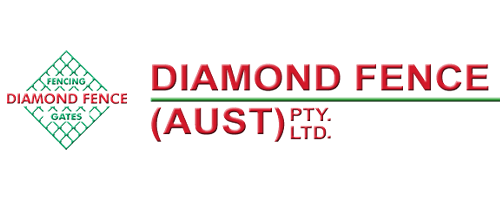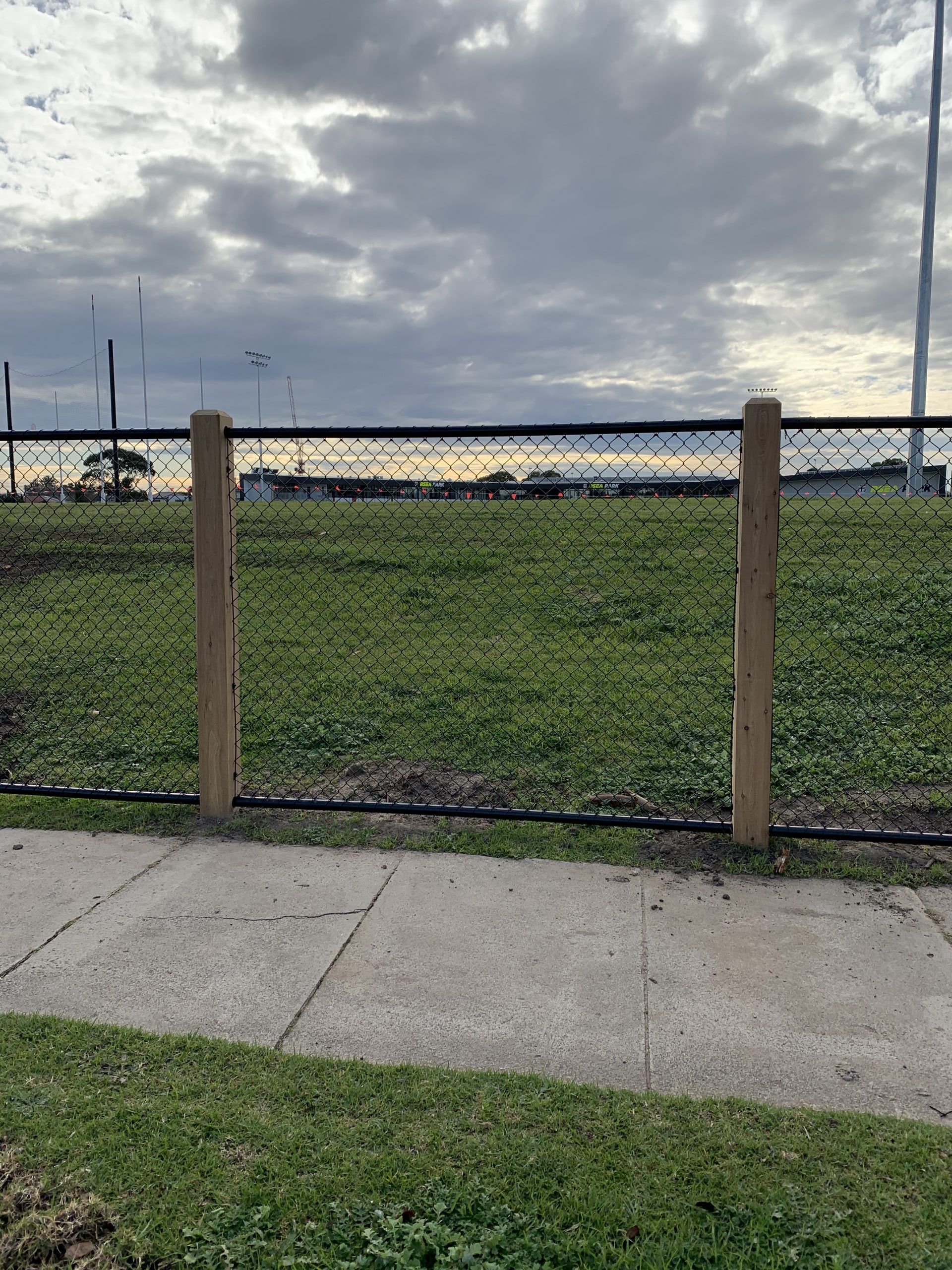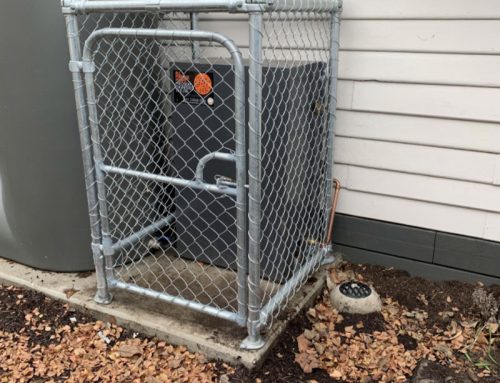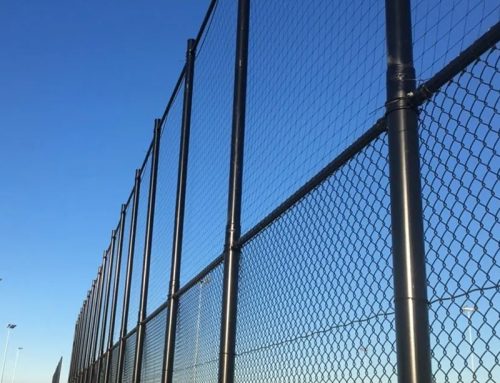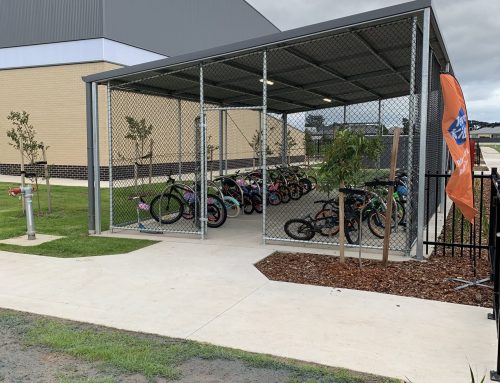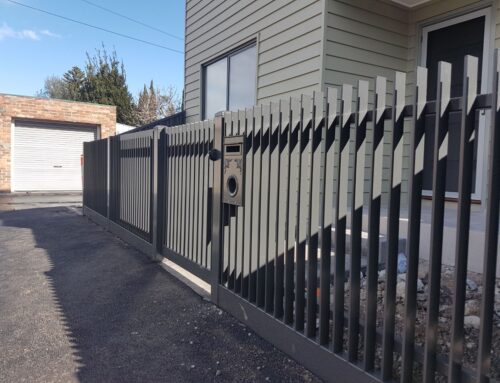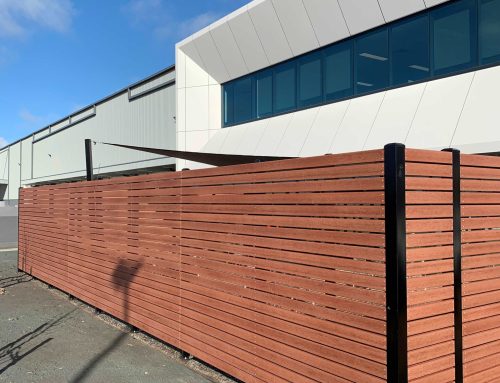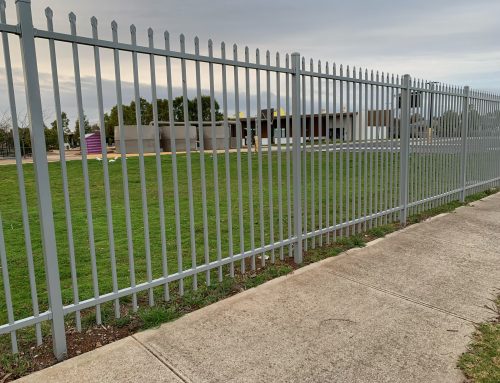Living near the ocean is a dream for many homeowners in Melbourne. From fresh sea breezes to beautiful views, coastal living has countless lifestyle benefits. But the same conditions that make seaside living so appealing can also be tough on your property. Fences, in particular, are highly exposed to the elements and can deteriorate much faster than expected.
This blog post will focus on how to choose the right coastal fencing to withstand rust, corrosion, and the challenges of a harsh marine environment, while still keeping your home secure and stylish.
The Challenges of Coastal Conditions
The Australian coastline is known for its salty air, strong winds, and high humidity. While refreshing for people, these conditions can quickly break down common building materials. Salt particles carried by sea breezes settle on fences and, combined with moisture, accelerate the chemical reaction that causes rust. Timber fences can also absorb excess moisture, leading to warping, rotting, or termite activity. UV rays only add to the stress, causing paint to peel or coatings to fade faster than they would in inland suburbs. When it comes to coastal living, not all fences are created equal – and the wrong choice could leave you paying for early repairs or replacements.
Best Materials for Coastal Fencing
Durability starts with the right materials. For coastal fencing, galvanized steel is one of the most reliable options. Its protective zinc coating helps resist rust, making it a popular choice for both residential and commercial seaside properties. Powder-coated steel offers even greater protection, combining durability with a wide range of colour options to complement your home. Stainless steel is another excellent option, especially marine-grade stainless, which has a higher resistance to salt corrosion. Aluminium fencing is also gaining popularity along the coast thanks to its natural resistance to rust and lightweight strength. Whatever material you choose, it’s worth investing in fencing designed and manufactured to meet Australian coastal conditions.
Some of the best options include:
-
Powder-coated steel fencing
-
Stainless steel fencing (marine grade)
-
Aluminium fencing
-
Vinyl / PVC fencing
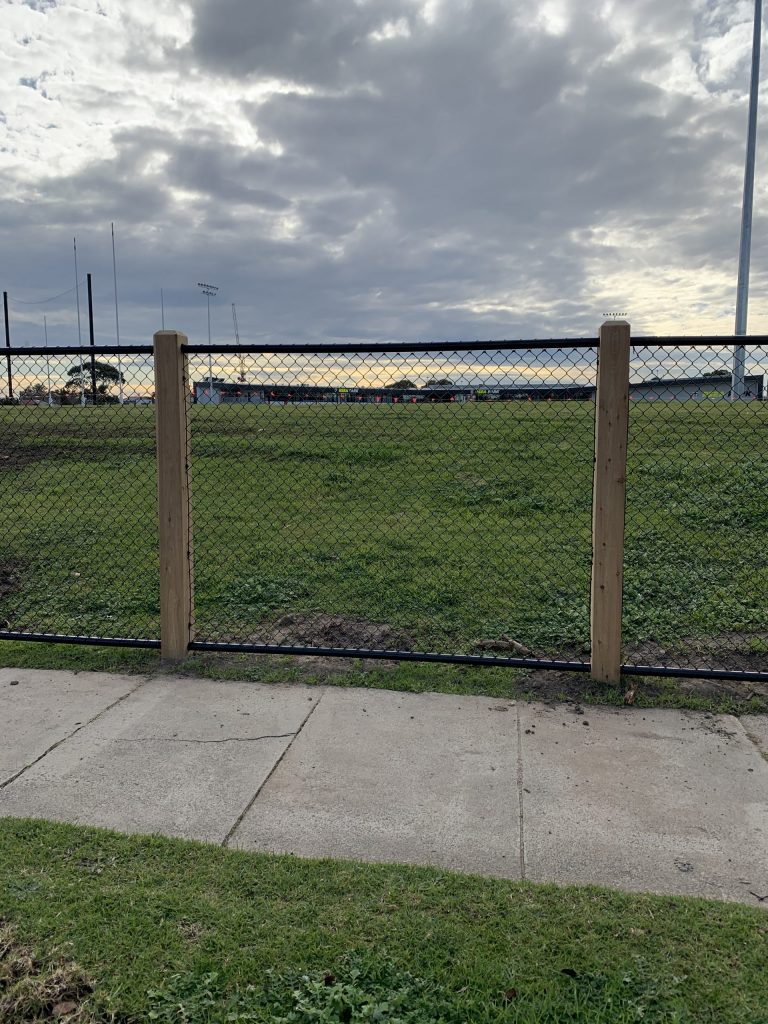
Protective Coatings and Finishes
The right coating can double – or even triple – the lifespan of a fence. For coastal properties, galvanization provides a strong first line of defence against rust. Powder coating, applied in a controlled environment, creates a hard finish that resists chipping, scratching, and fading. Some modern coatings are UV-stable, meaning they won’t degrade under the harsh Australian sun. When comparing quotes for fencing, make sure to ask about the type of coating, its thickness, and whether it meets local or Australian Standards. These details can make the difference between a fence that lasts five years and one that lasts twenty.
Smart Design and Maintenance
Beyond materials and coatings, fence design plays a huge role in performance. Open designs such as chain wire, tubular steel, or welded mesh fencing allow wind and salty air to pass through, reducing the build-up of salt residue. Solid fences, while offering more privacy, can trap moisture and accelerate wear if not properly treated. Regardless of the design, regular maintenance is vital. A simple rinse with fresh water once a month can remove salt deposits and extend the life of your fence. Checking for scratches, chips, or damaged fasteners and repairing them quickly prevents small issues from turning into costly problems.
Why Professional Installation is Essential
A well-designed and durable fence can only perform at its best if it’s installed correctly. Professional fencing contractors understand the unique challenges of coastal fencing and take extra precautions to ensure long-term strength. This may include using stainless steel or galvanized fasteners, sealing cut edges to prevent rust, and ensuring posts are set securely in concrete footings. Poor installation can compromise even the highest-quality materials, leaving gaps for moisture to creep in or causing structural weakness against strong coastal winds. For Melbourne homeowners near the sea, choosing an experienced installer is just as important as choosing the right fence.
Cost vs. Long-Term Value
While corrosion-resistant fencing materials and coatings may come with a higher upfront cost, they save money in the long run. Cheaper fences might look good at first, but if they rust, warp, or collapse within a few years, you’ll be paying for replacements or constant repairs. By contrast, investing in a quality coastal fencing solution ensures your property stays secure and attractive for decades. It also boosts your home’s curb appeal and value, which is especially important in premium seaside suburbs.
Conclusion
Coastal living in Melbourne is a lifestyle choice many dream of – but it comes with responsibilities when protecting your property. With the right choice of materials, coatings, smart design, and professional installation, you can enjoy fencing that resists rust, corrosion, and the challenges of the coastal climate. Investing in durable coastal fencing not only saves you money in the long term but also ensures your home remains secure, stylish, and built to withstand the unique conditions of seaside living.
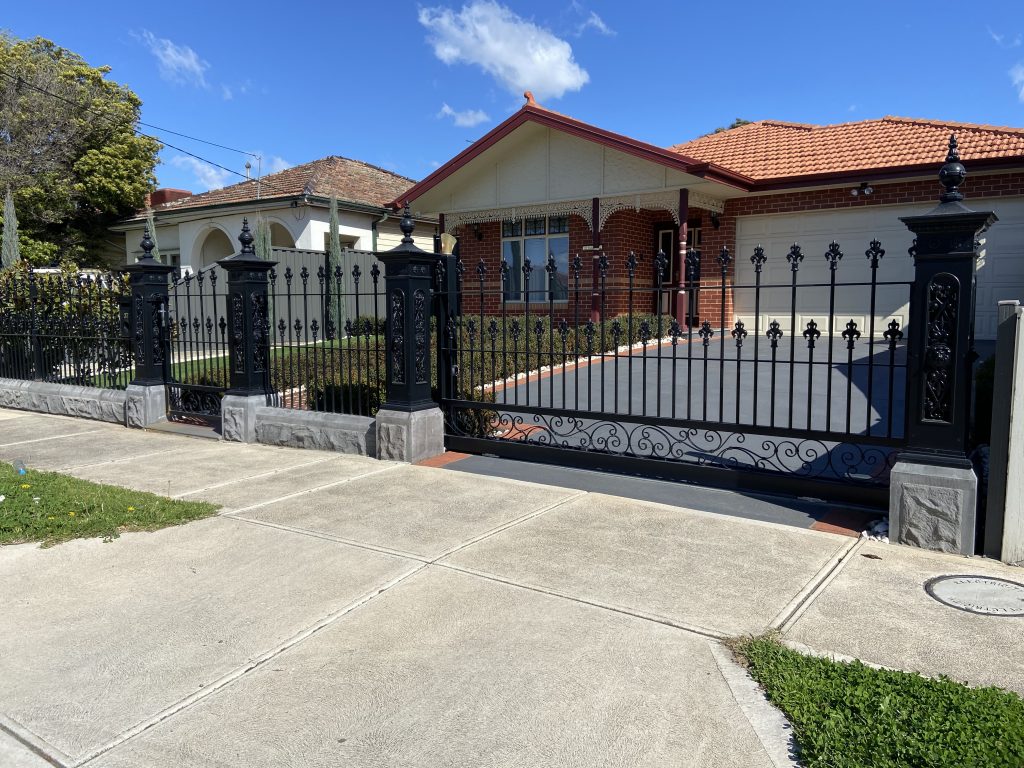
Looking for Coastal Fencing in Melbourne? Ask Diamond Fence!
If you are interested in exploring the steel fencing options provided by Diamond Fence in Melbourne and Greater Victoria, we encourage you to reach out to us today!
You can contact us by either sending an email to info@diamondfence.com.au or by placing a phone call to our dedicated line at (03) 9753 4566.
For your convenience, we have also an online enquiry form that offers an efficient means of communicating with us. This form allows you to submit any inquiries or concerns you may have.
We eagerly await the opportunity to assist you further and provide the necessary details regarding your steel fencing enquiry.
